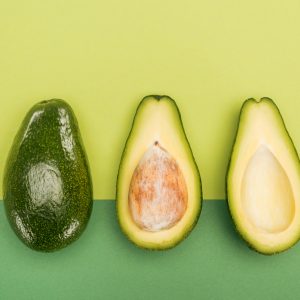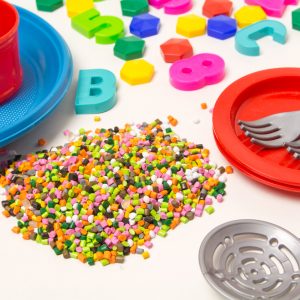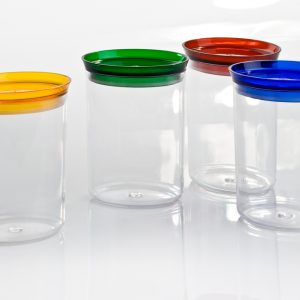How long has it been since you last cleaned your kitchen? If it has been a while, it’s high time you sit up and focus on it. At first, it may seem to be an enormous task at hand, but in the long run, you are going to benefit from it.
The way your food is stacked up and stored in the kitchen needs a special mention. The state of your kitchen pantry or cabinet may affect your overall health. So, it’s essential that the way you store and stack is done properly. Take a look at how you can go about the whole process.
Look For Any Discoloration

Inspect all kitchen items for any scratches, discoloration, or cloudiness. Scrutinize the items that you use often, especially the ones that go through the dishwasher. These are signs of plastic degradation. The chemicals present in plastic diffuse out into your eatables. So, if you find any items worn and torn in places, stack them up in the dustbin. Recycling is another option, of course. Plastic shouldn’t even stand a chance to make an entry into the microwave. It’s muck!
Look Out For The Recycling Code

Take all the plastic items you have and flip them over to search for the recycling code that’s normally on the bottom side. Makers have the option of not using them, and most of them like the black plastic ones will tank the test. Moving ahead, just go through the following quick-reference of those itsy-bitsy figures on plastics.
Polyethylene Terephthalate – Water is bottled up in this plastic and should be used once. Heat plays a major factor when it comes to plastics. When you leave your plastic bottled water out in the heat and sun, the chemicals slowly and steadily percolate into your drinking water. Besides, repeated use of such bottles helps bacteria to accumulate. So, better recycle than reuse.
HDPE (High-density Polyethylene) – Opaque in nature, the chemicals in this plastic have a lower chance of diffusing. You may consider using it, but reusing is not advisable. Some roadside recycling programs will collect it from you.
V Or PVC (Vinyl) – These plastics are generally used to manufacture food wraps and detergent bottles. Burning it or cooking with a PVC is strictly not recommended. Phthalates in PVC are linked to various health problems and DEHA. Phthalates on exposure over a long time tend to be carcinogenic. PVCs are not accepted for recycling.
LDPE (Low-Density Polyethylene) – Usually found in bread bags, frozen food, and food wraps, LDPEs are not up to the acceptable standards of recycling. Though often you consider it safe, apprehensions about the chemicals harmful to the endocrine system are on the rise and quite alarming, especially when it is widely used in packing ham and cheese.

Polypropylene – Generally used for making syrup and ketchup bottles and containers for yogurt, this category is considered safer than the rest and is up to the best recycling standards. If in a good condition, you can consider reusing it, but exposure to heat is a strict no-no.
Polystyrene – This is used in making egg cartons and meat trays. Since recycling is a tad difficult in this case, polystyrenes are harmful to nature and the environment. It emits toxic chemicals, especially after heating and is not even accepted by recycling programs.
The rest, such as plastics that contain the poisonous bisphenol-A (BPA), falls under this category. You always have the liberty to choose your option. Be aware and be cautious.
Say “No” To Plastic

Except for polypropylene, it is advisable not to use any other plastic for your kitchen. And for heaven’s sake, leave the microwave alone. Please don’t stick plastic in there. For the sake of your kids, avoid using plastics with the recycling codes 3, 6, and 7 unless you see ‘greenware’ or ‘biobased’ marks on them. In addition to that, avoid microwaving any kind of food and beverage or in that case, any plastic wrap. Remember, ceramic, glass, and stainless steel are your best options for the kitchen.
By now, you might have understood that the greater the distance is between you and plastics, the better and safer it is for your family and kids. The health and well-being of your loved ones are in your hands. So it is advisable for you to follow the best and healthiest ways to organizing and stacking food in your kitchen!





